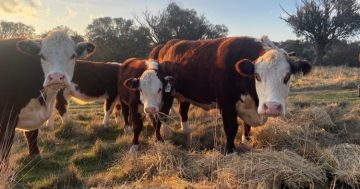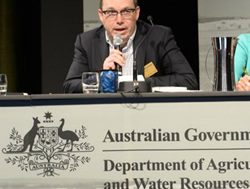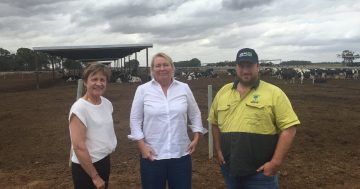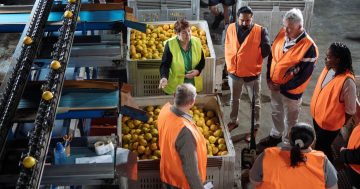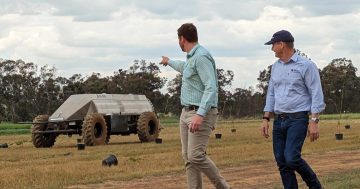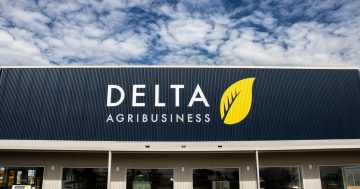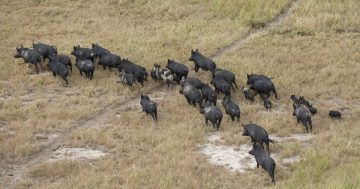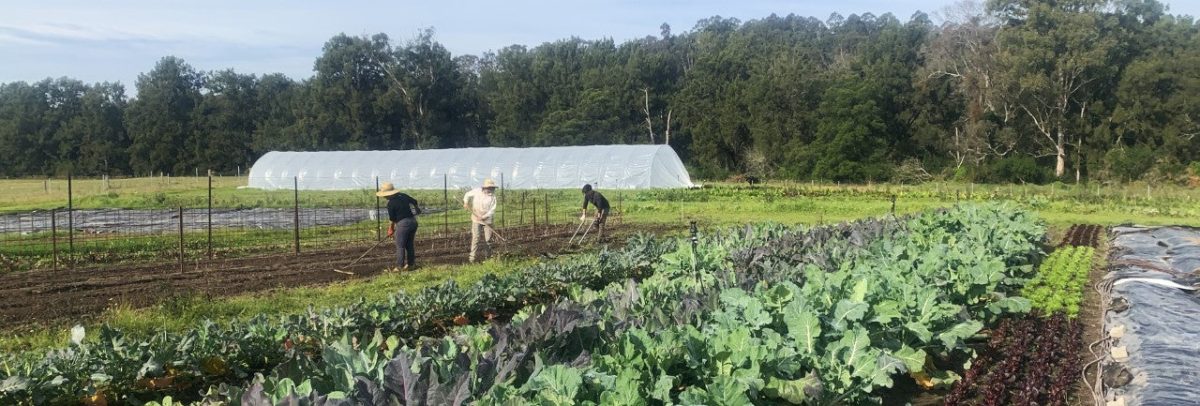
Australia’s agricultural industry is strong, but changing, latest snapshot shows. Photo: SAGE.
Australian agricultural production continues to surge, with the industry reaching $94.3 billion in gross annual value.
That’s up from $62.2 billion 20 years ago and marks a 51 per cent increase over the past two decades.
But continued growth is not guaranteed, and the industry has had to adapt considerably in recent years.
Farmgate prices remain variable and continuing cause for concern for producers, while climate change is having an increasing impact on production methods.
The breaking of a three-year east coast drought in 2020, however, has been followed by successive years of record-breaking production.
In just one season, many agricultural regions turned from very poor to very good conditions.
High commodity prices for almost all of Australia’s major agricultural products has also contributed to the healthy state of the industry.
The latest ABARES Snapshot of Australian agriculture showcases the industry’s significant growth.
Released in Canberra this week at the ABARES Outlook 2024 Conference, the report covers eight key aspects of Australian agriculture.
Those aspects are: the industry’s role in the broader economy; trends in production; farm incomes; industry structure and productivity; climate change impacts and risk management; agricultural employment; sustainability; and trade.
The report finds that the increase in production value has been accompanied by a shift in the agricultural products produced in Australia, with growth in the horticulture and oilseeds industry, and a reduction in milk and wool production.
It highlights what the authors describe as “the sector’s enviable productivity performance,” which averaged 2.18 per cent between 1977–78 and 1999–00.
However, since then, productivity growth has been 0.6 per cent per year.
In 2021–22, there were 87,800 agricultural businesses with an estimated value of agricultural operations of $40,000 or greater in Australia.
Of these, there were an estimated 54,400 broadacre and dairy farm businesses with 62 per cent classified as livestock farms, 30 per cent cropping farms and 9 per cent dairy industry farms.
According to the report, there has been a reduction in the number of farm businesses over time as average farm sizes have increased.
There has also been a change in the mix of farm types, with the most substantial shifts being a rise in the number of cropping farms and reduction in dairy farms.
ABARES executive director Jared Greenville said despite growth, there remained considerable variation in income at the farm level due to continuing changes in commodity prices and climate.
“Farm incomes have also changed over time, and throughout the last decade we have seen large growth in average incomes in the cropping industry especially,” Dr Greenville said.
“Looking ahead, the sector appears to be facing slowing productivity growth.
“Achieving productivity growth will become increasingly difficult into the future as traditional channels for growth offer more marginal benefits.”
Dr Greenville said farmers and policymakers would need to think creatively to identify and facilitate new sources of productivity growth in order to stay competitive.
The snapshot also focuses on sustainability, and highlights an increasing global attention on emissions from agriculture.
“Australia is globally relatively low in emissions intensity, and our farmers operate without environmentally harmful subsidies used elsewhere,” Dr Greevnille said.
“Meaning, Australia is well placed to contribute to help in lowering global agricultural emissions while supporting food security.”
Original Article published by Chris Johnson on Riotact.



